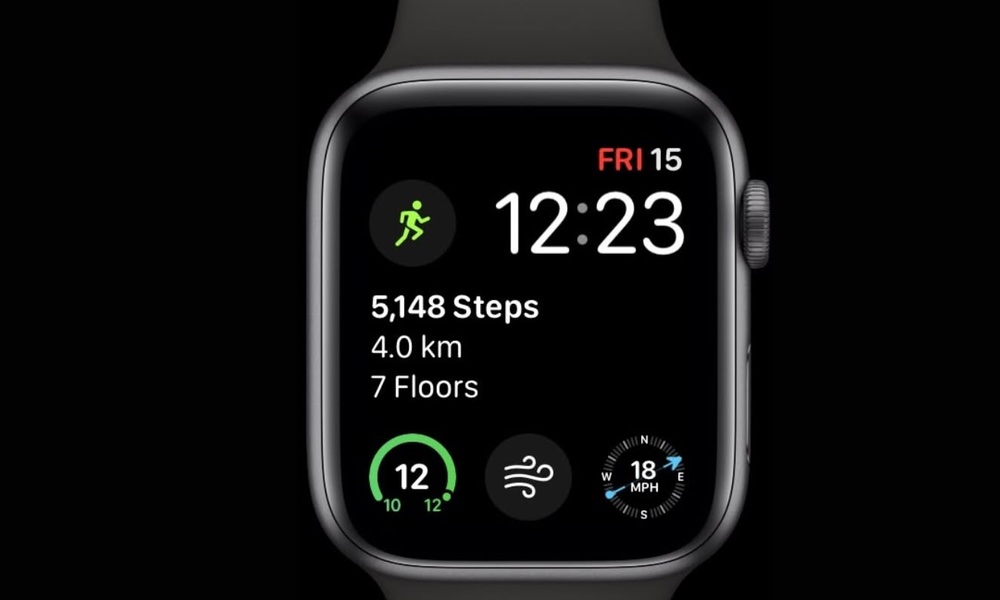Though it may come as no surprise that teens are reporting more hearing loss than ever before, the number of kids who report it may come as a shock. Almost 20% of adolescents (ages 12-19) have some degree of hearing loss, which is a jump from the way things were less than twenty years ago.
Hearing loss in kids has been found to be associated with decreased speech comprehension and poorer learning.
Researchers at Brigham and Women’s Hospital compared the hearing of almost 3,000 teens from 1988-1994 to 1,800 teens during the years 2005-2006. They found that the number of teens who suffered from hearing loss rose from 15% to almost 20% over the years. This corresponds to a 33% increase in hearing loss over less than two decades. To put this in perspective, the researchers calculate that in the general population, 6.5 millions teens have some degree of hearing loss.
The increase in high-frequency hearing loss was significant, which could come from kids listening to music too loudly. They refer to an earlier study that found that kids who listen to music have 70% greater likelihood of having "slight to mild" hearing loss.
Still, the authors point out that hearing loss in kids has been found to be associated with decreased speech comprehension and poorer learning. One study found that children in the third, sixth, and ninth grades who had mild hearing loss had lower self-esteem and were more stressed than kids with normal hearing. The same study found that 37% of kids with hearing loss had "repeated at least one grade."
Though it may be hard to do, encouraging your kids to turn down the volume by explaining the very real consequences of hearing loss may be a good route to take. And for more information on how to do this, go to NIH’s website on protecting kids’ ears: http://www.noisyplanet.nidcd.nih.gov/.
The study was conducted by Sharon G. Curhan and colleagues, and published in the August 18, 2010 issue of The Journal of the American Medical Association.




